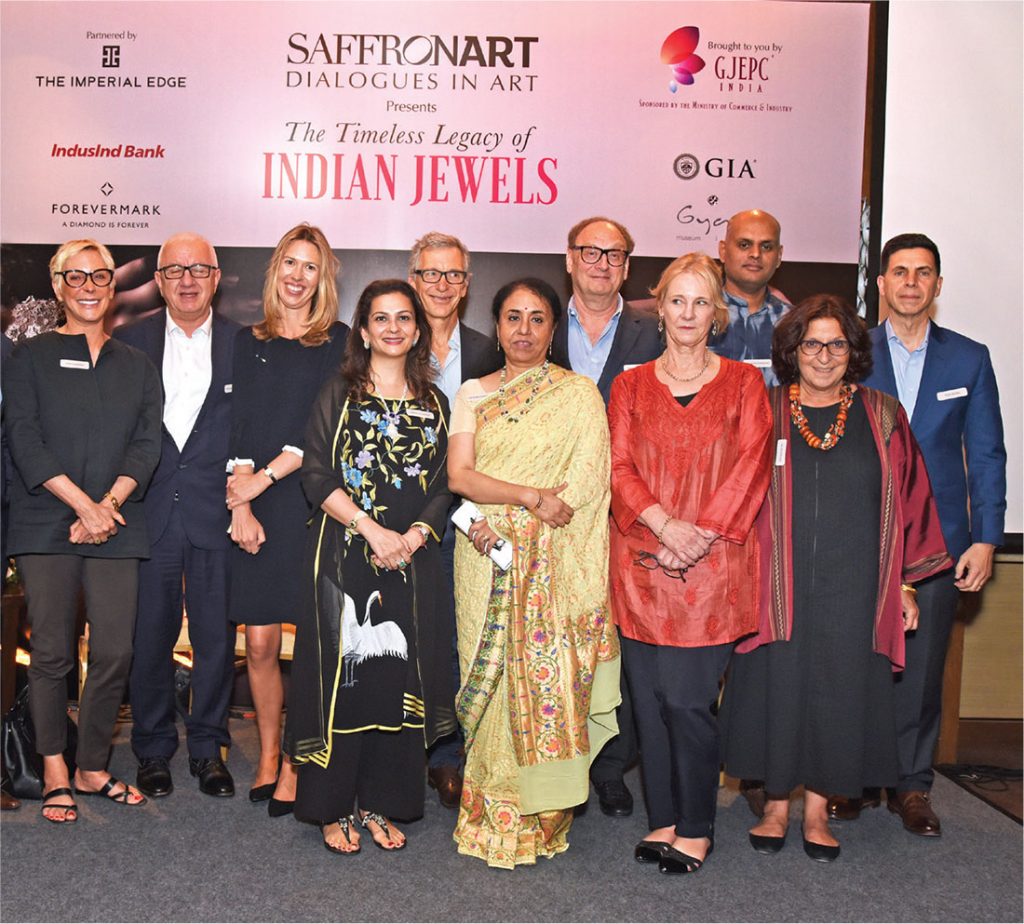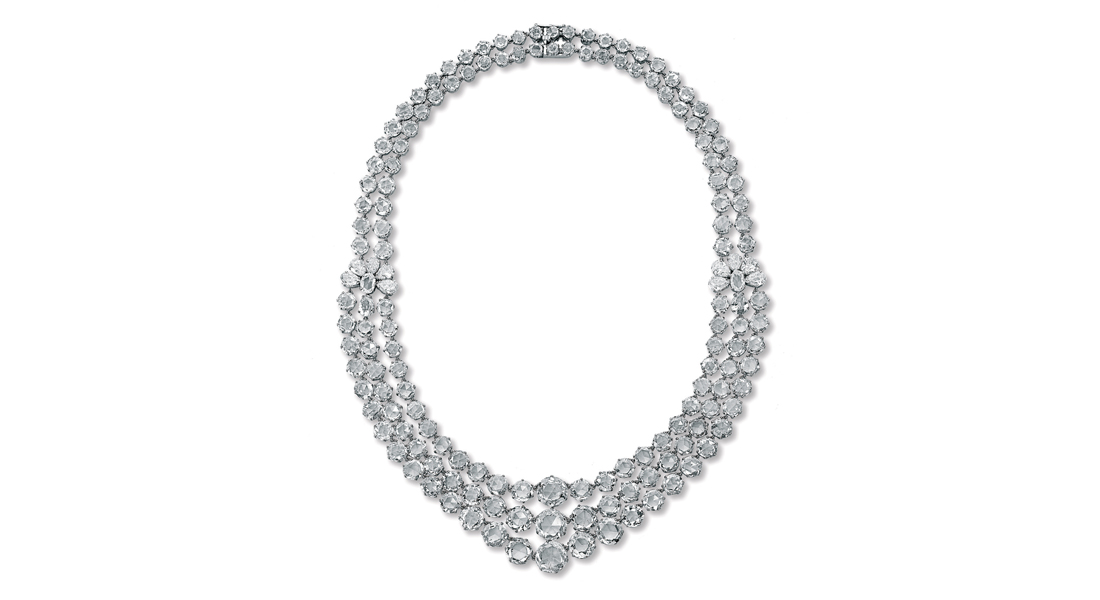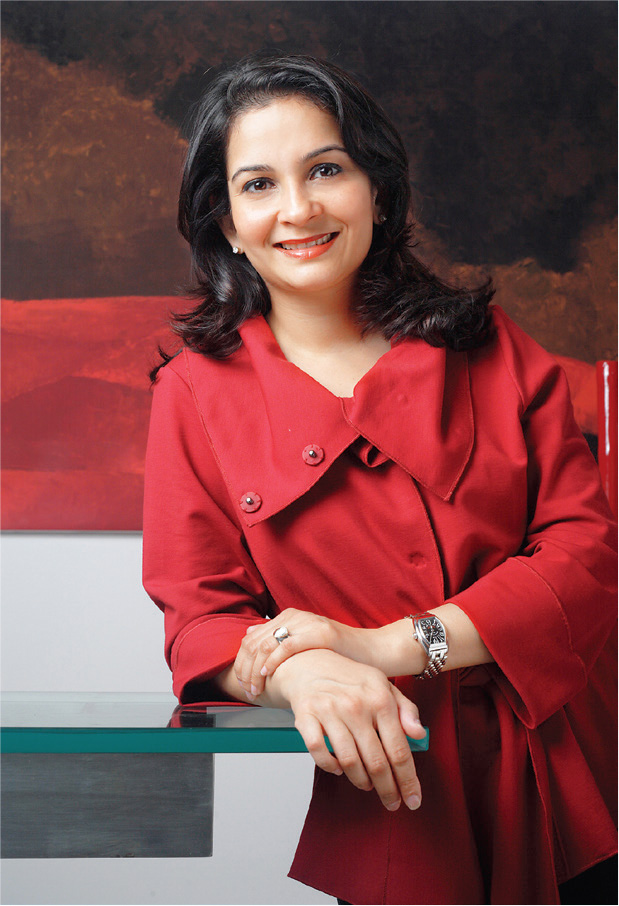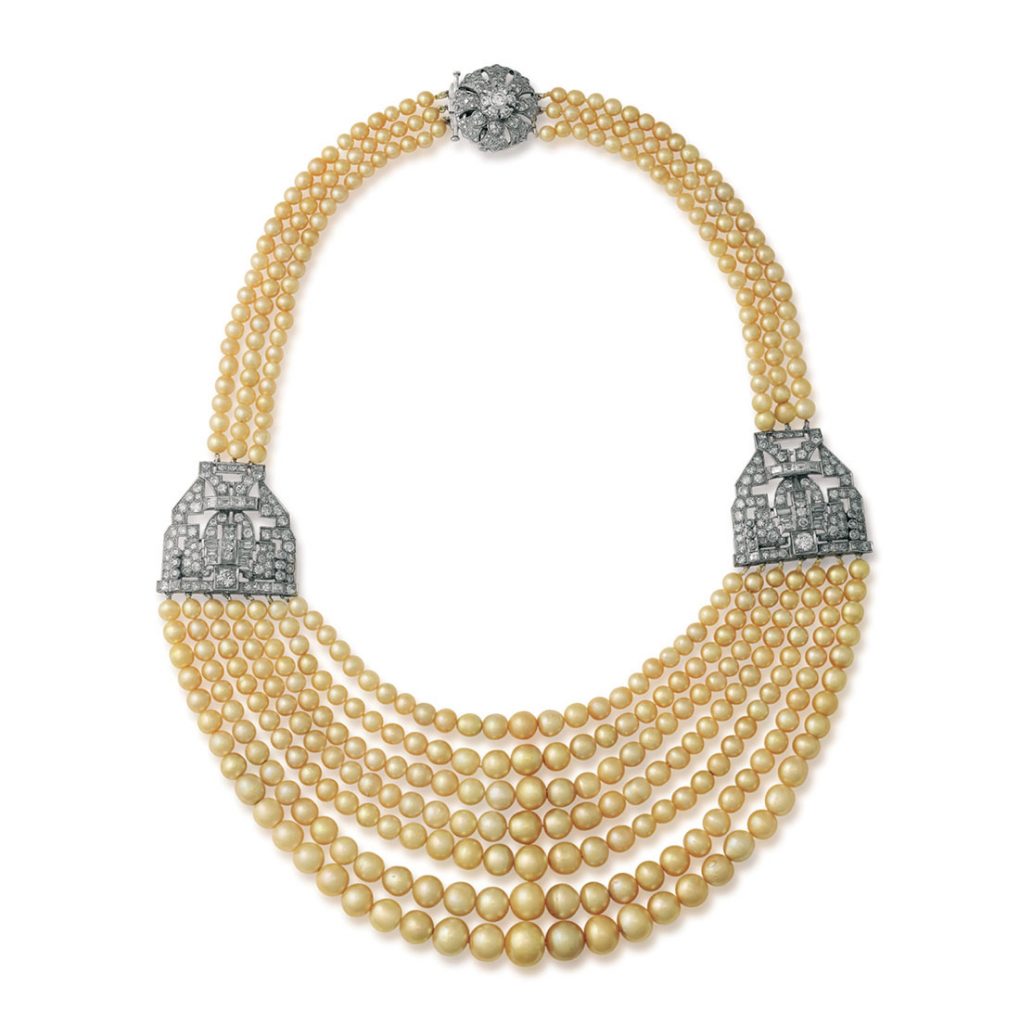This October, online auction house Saffronart will complete 10 years of selling heritage and contemporary fine jewellery. In an email interview, MINAL VAZIRANI, Saffronart’s co-founder and president, speaks about the company’s decade-long journey, its evolving role as a curator and thought leader in the collectible jewellery category, and the growing tribe of Indian jewellery collectors who seek pieces for their heirloom value.
Saffronart held its first jewellery auction almost 10 years ago. Tell us how the experience has been so far.
As the global leader for modern and contemporary Indian art auctions, Saffronart expanded its categories in 2008 to include fine jewellery. Our aim was to highlight collectible jewellery pieces rooted to India culturally for a wider audience. Over the past 10 years, Saffronart’s role in this market developed beyond providing access to acquire pieces, to being seen as curators, thought leaders and experts in this category. It has been a tremendous experience to see the growth and change in the market, particularly among both seasoned collectors and the increasing number of young, discerning buyers with a focus on understanding and buying jewellery with trust in our knowledge and expertise.
In our next Online Auction of Fine Jewels in October 2018, we will once again feature quality collectible jewellery. We are excited about this upcoming sale, which will be a thoughtfully curated selection with a special focus on traditional and new designs, many of which incorporate a variety of coloured stones. We plan to offer a larger number of lots with particular attention to price points, which will be attractive to buyers across categories.
What are fine jewellery collectors seeking these days?
Good quality pieces are the cornerstone of this market and that includes important gemstones as well as jewels that have a story. In particular, period jewellery continues to attract great interest. An auction featuring pieces that date from important periods in design and aesthetic history with documented provenances is a big draw for clients. For instance, in 2015 we offered a Period Diamond Polki Kada1 with traditional Benarasi pink meenakari work, which formerly belonged to the collection of the Royal Family of Murshidabad. It sold for R9.14 lakh ($14,065) in auction, debunking the myth that jewellery sold at auctions can be exorbitant or that the process is inaccessible. One of Saffronart’s goals is to educate collectors and jewellery enthusiasts about unusual gemstones—a segment of jewels that has also garnered much interest in recent years. We continue to emphasise the importance of certified gems and impart information about assessing the value of these rare stones.
Your first jewellery conference, The Timeless Legacy of Indian Jewels, held last year was a grand success. What was your philosophy behind it? Will there be a second edition?
Our aim with this interdisciplinary conference, which was part of Saffronart’s Dialogues in Art series, was to highlight the significant role that India has played—and continues to play— in shaping the past, present and future of the jewellery industry and design internationally, and to explore the practice of jewellery-making on the Indian subcontinent. This was the first conference of its scale to be held in India.
The panel of experts invited to speak at the conference covered a wide range of topics. These included historical perspectives, as explored in a talk by leading jewellery historian Dr. Usha Balakrishnan and author John Zubrzycki about the Jacob Diamond, and Francesca Cartier Brickell’s insights into Cartier’s Indian connection, as well as contemporary market trends, as illustrated in international jewellery specialist Lisa Hubbard’s discussion on how jewellery pieces are appraised and which designs might set auction records. Other eminent speakers included the Victoria & Albert Museum’s senior curator Susan Stronge, who spoke about the museum’s collection of miniature paintings and jewellery; Salam Kaoukji, curator of the al-Sabah Collection in Kuwait, who traced gem-setting in Indian weaponry illustrated by pieces from the collection of Sheikh Nasser al-Sabah; and Maharani Radhikaraje Gaekwad, who spoke about the jewels in the collection of the Royal Family of Baroda.
The Timeless Legacy of Indian Jewels demonstrated that there is a tremendous desire among collectors and connoisseurs to explore and learn about India’s history of jewellery making and design. We will be conducting the seminar on a biennial basis and we expect it to cover different topics and to allow for important jewels to be featured in conjunction with the discussions.
What are some of the most important jewellery pieces that Saffronart has sold?
Diamonds and pearls are typically the highest value lots in auction. These include but are not limited to a diamond necklace2 featuring three rows of large rose-cut diamonds and links with a peacock motif, which sold at just under R3 crore (almost half a million dollars) in our Online Auction of Fine Jewels and Silver in October 2015. Additionally, in 2013, we sold an exquisite diamond ring3 with a certified type IIa diamond, weighing just shy of 10 carats for approximately R90 lakh ($143,750).

“A woman needs ropes and ropes of pearls.” Historically, though, the most important pearls on the Indian subcontinent were worn by maharajas.
When it comes to choosing a favourite piece of jewellery from among the pieces that we have handled, the idea of owning something beautiful that can be passed on to the next generation as a piece of yourself and your own history is a wonderful guide.
Is the Indian jewellery design aesthetic still rooted in tradition, or are you noticing a change?
Naturally, given India’s long history of jewellery making, there is a segment of buyers that prefer traditional designs. This interest is often seasonal. For instance, there is greater interest in traditional Indian jewellery during festive or wedding seasons, especially from October to February. But clients don’t restrict themselves to just one kind of jewellery. There are buyers who enjoy traditional designs with a contemporary twist, i.e., fusion jewellery. For other occasions, contemporary jewellery is more appropriate. In general, India has evolved as a luxury market and there is continued demand for all three categories: traditional, fusion, and contemporary jewellery. The underlying factor in auction is, of course, an element of rarity.
How do you see the luxury jewellery market evolving over the next ten years?
Coloured stones are a growing trend internationally, as well as in India. Of course, the traditional coloured stones such as rubies, emeralds and sapphires never go out of fashion. There is also an emerging interest in other semi-precious stones, such as morganites, Paraíba tourmalines, and Padparadscha sapphires, among others. We continue to source and offer jewellery which is carefully curated to cater to traditional preferences as well as emerging trends, for fashion wear as well as to collect and leave a legacy.




